 Very much a concert for discerning grown ups, this event presented Mozart’s last three symphonies as a triptych. It was imaginative programming which certainly highlighted new aspects of three very familiar 1788 works as well as linking them together – a journey, as it were, all the way from the Haydnesque slow E flat major introduction in number 39 to the glorious fugue which ends number 41.
Very much a concert for discerning grown ups, this event presented Mozart’s last three symphonies as a triptych. It was imaginative programming which certainly highlighted new aspects of three very familiar 1788 works as well as linking them together – a journey, as it were, all the way from the Haydnesque slow E flat major introduction in number 39 to the glorious fugue which ends number 41.
Maxim Emelyanychev, principal conductor of SCO since 2019, is a flamboyantly balletic conductor, sweeping and crouching to coax the sound he wants: much more Gustavo Dudamel than Adrian Boult. Often he gestures the rhythm rather than beating time. Mostly it works although there were several ragged openings and one or two places when the orchestra simply wasn’t together. Having to seat distanced in deference to Covid probably doesn’t help with this although positioning horns, double basses, trumpets and tympani spaced on a higher tier at the back ensured that lots of detail came through. And it’s always good to see and hear second violins placed opposite firsts rather than buried in the heart of the orchestra. It enhances clarity.
I especially liked the wind work in the trio section of no 39 and the delightful decoration in the repeat. The horn interjections in the allegro, which usually go unnoticed, were rather nice too.
The highlight of the concert was its centre piece – no 40 in its navy blue G minor, packed here with plenty of edgy angst. I admired the circularity of Emelyanychev’s andante in which each wind solo grew seamlessly out of the one before and he gave us a strong, crisp allegro with sparkily dramatic general pauses.
And so to the grandeur of the C Major “Jupiter”, no 41 in which the recapitulation in the allegro sounded bright and fresh as did the arrestingly done development section. Emelyanychev gave us sensitive sweetness and some idyllic piano passages in the andante and really ran with the opening filigree texture in the final movement before the excitement of the fugue in which ideas are batted round the orchestra.
It was a thoughtful and enjoyable concert and, like everyone else, after a two year gap I was moved and thrilled to be back in the Royal Albert Hall with that unique Proms atmosphere.
First published by Lark Reviewshttps://www.larkreviews.co.uk/?p=6567
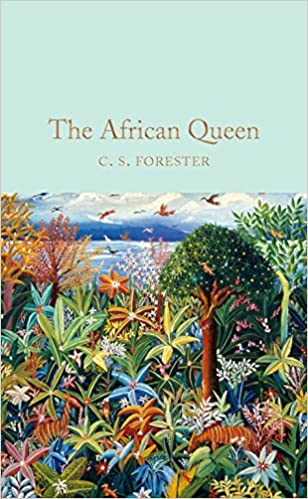
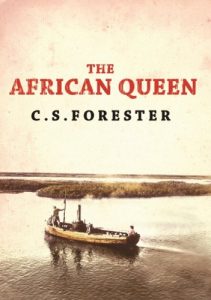 My father, not a lover of written fiction, preferred films. And one of his favourites was John Huston’s 1951 The African Queen based on CS Forester’s 1935 novel. That meant that I saw it several times when I was growing up before eventually coming to the novel and discovering what a little masterpiece it is. I doubt that my father ever read it any more than I’ve seen the film since about 1965. But the novel is a firm favourite of mine and it was a treat to take down my well thumbed copy for a revisit.
My father, not a lover of written fiction, preferred films. And one of his favourites was John Huston’s 1951 The African Queen based on CS Forester’s 1935 novel. That meant that I saw it several times when I was growing up before eventually coming to the novel and discovering what a little masterpiece it is. I doubt that my father ever read it any more than I’ve seen the film since about 1965. But the novel is a firm favourite of mine and it was a treat to take down my well thumbed copy for a revisit.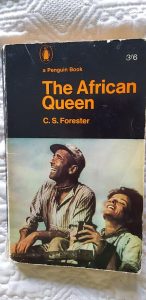
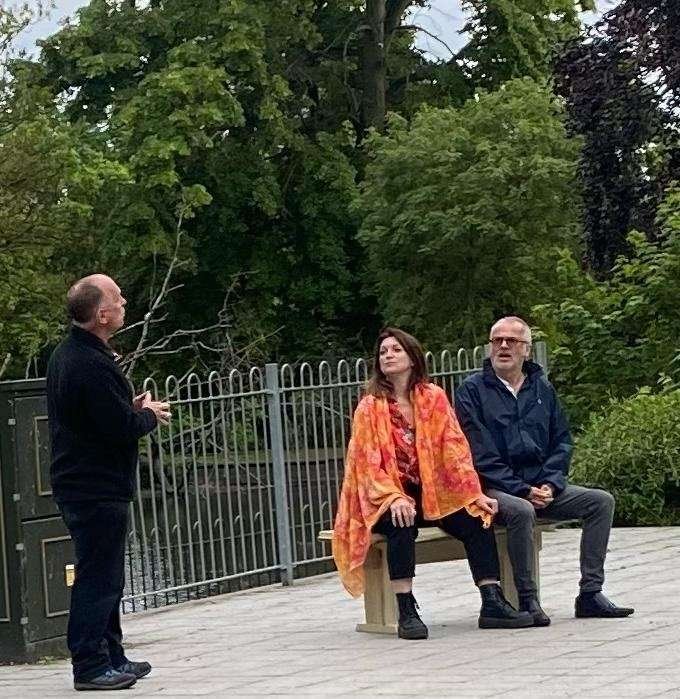
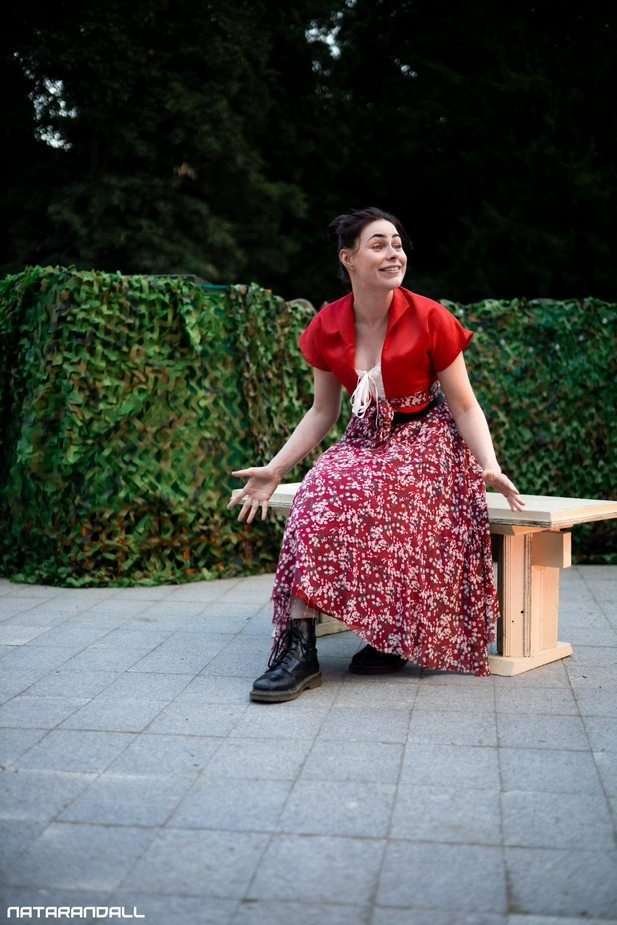

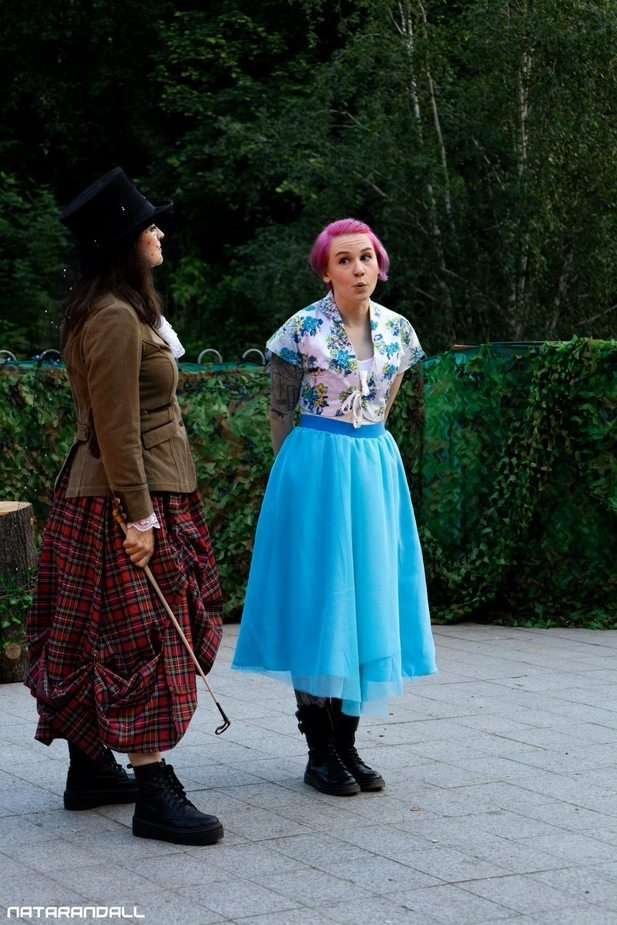
 The lovely big playing space in this lightest, airiest of venues so elegantly (operatically) sited in the leafy undulations of the green and gorgeous Wormsley estate, is quite a setting for a youth opera. And every single one of the 75 young cast members does it justice. So does the team of young stage managers and the young designers who helped find ways of bringing this piece to stage.
The lovely big playing space in this lightest, airiest of venues so elegantly (operatically) sited in the leafy undulations of the green and gorgeous Wormsley estate, is quite a setting for a youth opera. And every single one of the 75 young cast members does it justice. So does the team of young stage managers and the young designers who helped find ways of bringing this piece to stage.